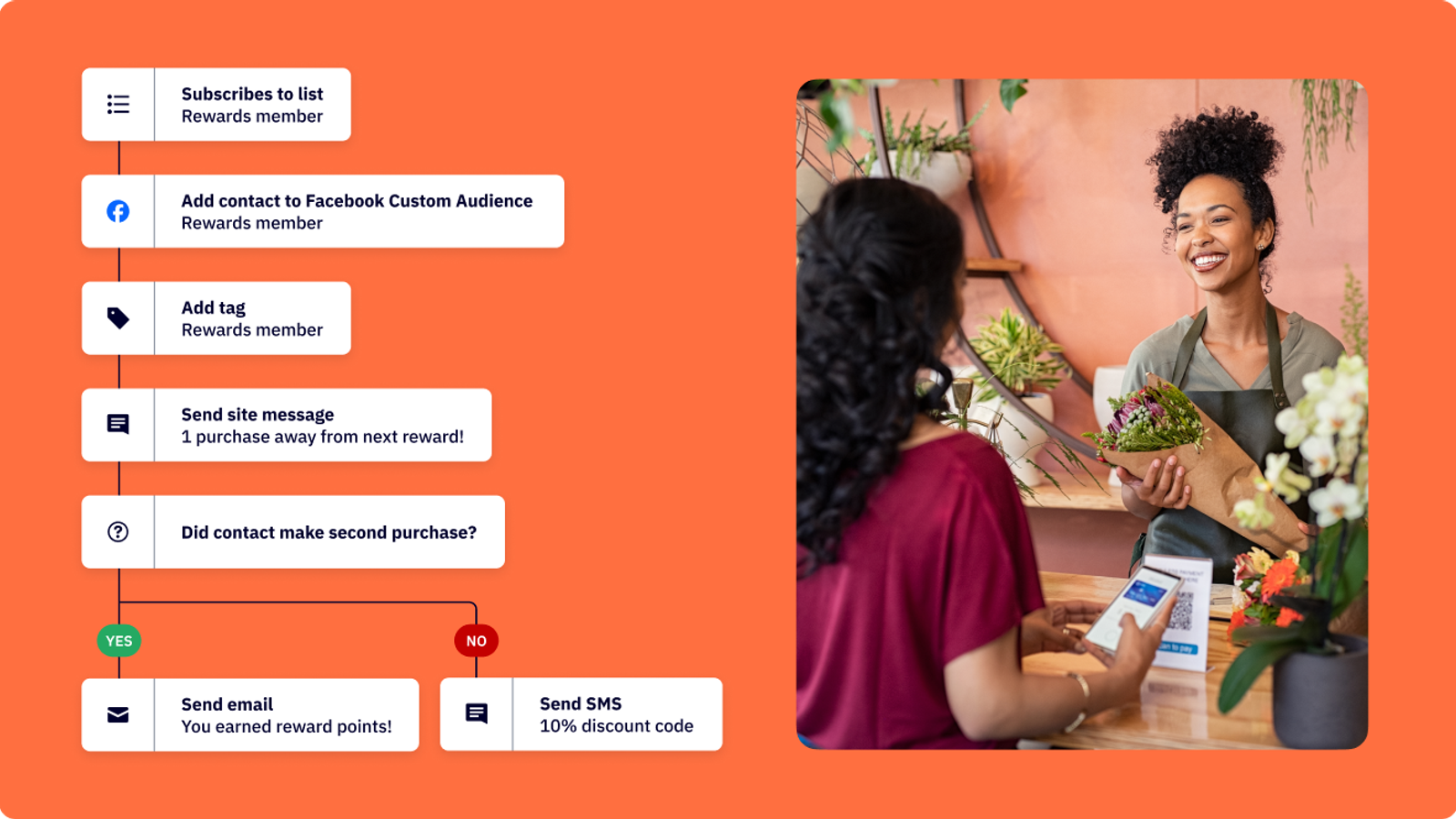- What is negative reverse selling?
- Where did negative reverse selling come from?
- Why does negative reverse selling work?
- How can you use the negative reverse selling tactic?
What is negative reverse selling?
- Tell someone to do the opposite of what you want them to do
- Do something that would normally result in the opposite of what you want
- Explain away a concern
- Overcome objections
- Pivot from a difficult question
- A ‘softener statement’ to agree with the customer and clarify that their concern is valid and understood
- A negative statement expressed in a way that’s opposite to the position you want to take or the direction you want to steer the conversation (reverse psychology).
- “I see what you mean”
- “I understand”
- “Which means…?”
- “So…”
- “That’s a completely valid concern”
- “You’re absolutely right”
"People will fight to the death to preserve their right to say “No,” so give them that right and the negotiating environment becomes more constructive and collaborative almost immediately." – Chris Voss in Never Split The Difference

Negative reverse selling helps you keep the sales conversation in your control
The intended result of negative reverse selling is to make the prospect to reconsider or explain the reasons behind their objections. It’s the art of making them sell to themselves.Where did negative reverse selling come from?
Negative reverse selling was created by David H. Sandler in 1967 as part of the Sandler Selling System. The goal of the system is to convince the prospect that they are pursuing the deal and in need of the product, rather than sales representatives ‘selling’ them.The system begins with a fit assessment or sales discovery call. What happens on that call?- The sales rep dives into the prospect’s pain points and learns about the prospect’s business
- Ideally, sales reps listen more than they talk and ask plenty of questions
- When the rep understands the prospect’s problems, they explain how their product/service solves them
Why does negative reverse selling work?
“Something in each of us is resistant to the idea of closing. We all like to think something is our idea. This is the beauty of negative reverse selling. Remember, the most powerful close is when a client is doing the closing.” – Pete Oliver, President at Sandler Training
When you tell your prospect:- “It’s probably not a good idea”
- “You’re not ready”
- “I don’t think you have what we need”

Negative reverse selling is like a pendulum – if you pull in one direction and let it go it swings back in the opposite direction.
Don’t push them in the direction you want – pull them in the opposite direction! Their tendency to ‘pull away’ from sales reps will move them in the direction you want them to go.This is where the negative reverse sell shines. It’s about taking a step backward to draw the prospect forward.How can you use the negative reverse selling tactic?
- Expresses a “deal-breaker”
- Is dragging their feet
- Wants to think it over
- Objects to price, timeline, or delivery
“Every person loves the chance for self-expression and the opportunity to prove his or her worth, to excel, to win. So if you want to win people to your way of thinking, when all else fails, Throw down a challenge.” – Dale Carnegie, How to Win Friends and Influence People
If you choose to use negative reverse tactic, you have to be willing to accept ‘no.’Hearing ‘no’ isn’t a bad thing. It’s part of a sales job to determine the potential customer’s fit. Not every prospect will be a closed sale. And if you’re going to get a ‘no’ you might as well save time and get to it as soon as possible.Try it now, for free
“The price is too high.” – many of your prospects
Here you have a few options. You can leave it open ended and let them elaborate:- “Which means…?”
- “Say more.”
- “So…?”
"An attempt to get people to change their choice (e.g. away from a currently used brand) could lead them to defend that current choice—otherwise they might look irrational. Instead of asking customers to make a choice, ask them to first think about the benefits or features they desire, and then consider how the available options meet their criteria." – Professor J. Scott Armstrong in Persuasive Advertising
Or you can soften them up first and then hit them with a negative reverse haymaker:- “I completely understand. I don’t think you’re ready to make this investment.”
- “That’s a valid concern. I guess we’re done here.”
“I’ll have to think about it and get back to you.” – every prospect ever
Many deals fall through the cracks because the prospect went dark or ‘ghosts’ the sales rep. Potential customers love to “think about it and get back to you” and never get back to you.The ‘scale of 1-10’ strategy with a negative reverse reduces the chances of that happening.- “With 1 being ‘not at all’ and 10 being ‘ready to purchase today’, where are you on a scale of 1-10?”









